At his first press conference as the new and first CEO of the Stellantis , Portuguese Carlos Tavares introduced us to the numbers of the new automobile giant that resulted from the merger between FCA (Fiat Chrysler Automobiles) and Groupe PSA, as well as the ambitions and challenges for the coming years.
Let's start precisely with the numbers. It is not in vain that we turn to Stellantis as a new giant in the automotive industry, which will have its headquarters in Amsterdam, Netherlands.
The combined strengths of the two groups total 14 automotive brands, a commercial presence in more than 130 markets, industrial operations in more than 30 countries and more than 400,000 employees (and of more than 150 nationalities).

On the financial side, the combined numbers are no less impressive. If we merged the results of FCA and Groupe PSA in 2019 — the year they announced the merger — we would report a profit of 12 billion euros, an operating margin of around 7% and five billion euros in cash flows — plus once, 2019 numbers; those for 2020 have not yet been announced and, due to the pandemic, will be predictably lower.
Status quo
Now as Stellantis, we have a group with a much more solid presence in the world, although with some gaps to fill.
On the FCA side, we have a strong and profitable presence in North America and Latin America (3/4 of the revenue generated in 2019 came from this side of the Atlantic); while at Groupe PSA we have Europe as the main protagonist (represented 89% of revenues in 2019), as well as having the right foundations (multi-energy platforms) to deal with the demanding regulations of the “old continent”.
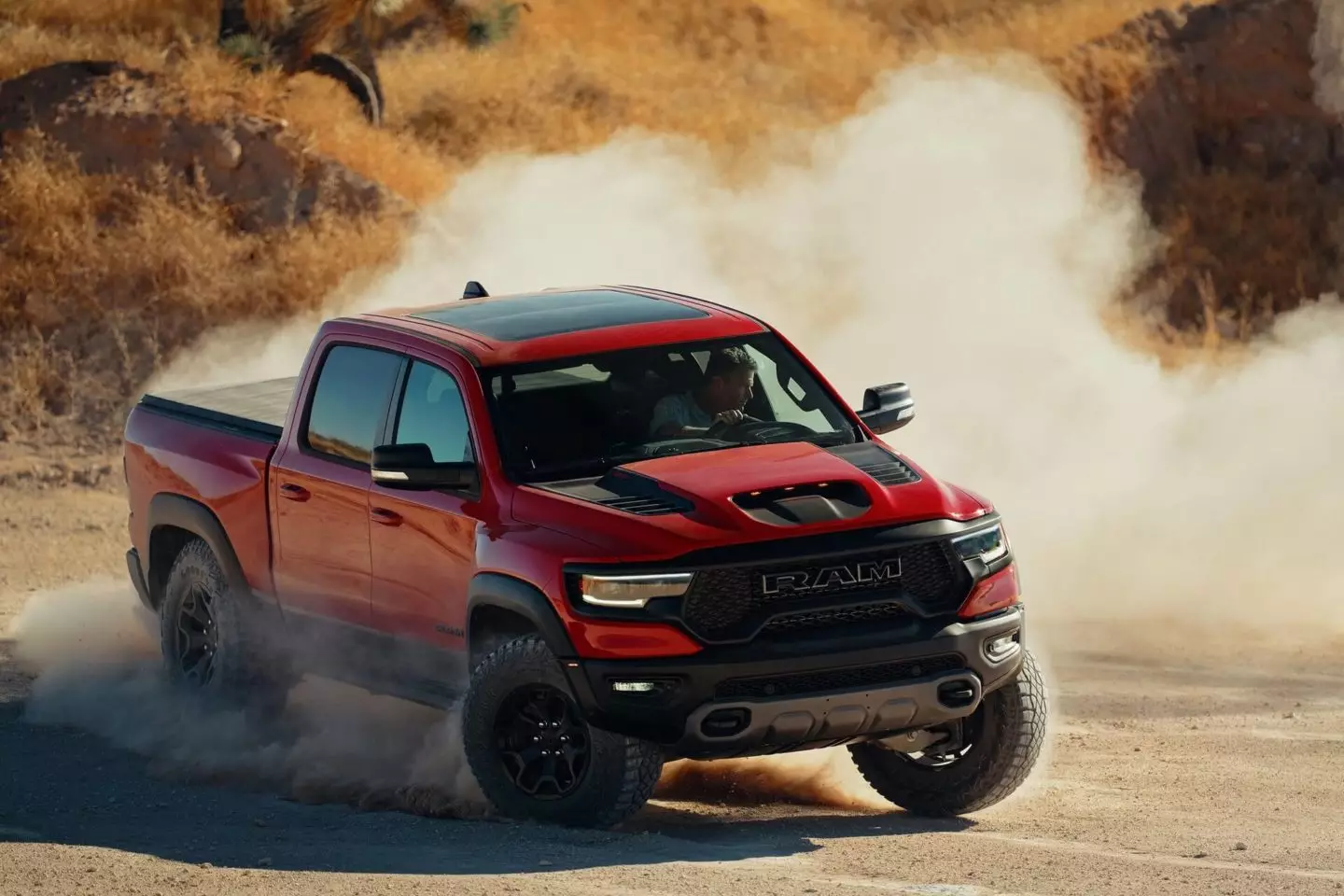
The Ram pick up is not only the most produced model of the new giant Stellantis, but also one of the most profitable ones.
In other words, Groupe PSA, which was looking to enter North America, is now able to do so through the big door, and there are great opportunities for synergies in Latin America; and FCA, which was taking its first steps in a renewed focus on reviving its European operations in higher volume segments, now has access to the latest hardware suitable for the times to come (electric and hybrid).
North America, Latin America and Europe are the three regions where the new Stellantis is strongest, but they still have a substantial presence in the Middle East and North Africa regions. However, there is a big gap in Stellantis and this one is called China. The world's largest car market has not been a success for either FCA or Groupe PSA.
Subscribe to our newsletter
Carlos Tavares acknowledges the disappointing results in China, but that does not mean that they have given up on this crucial market — quite the contrary. As he himself advanced, they first want to understand for sure what went wrong, having formed a specific working group in this regard that will not only identify the causes of the failure, but will also outline a new strategy so that Stellantis can also thrive in China.
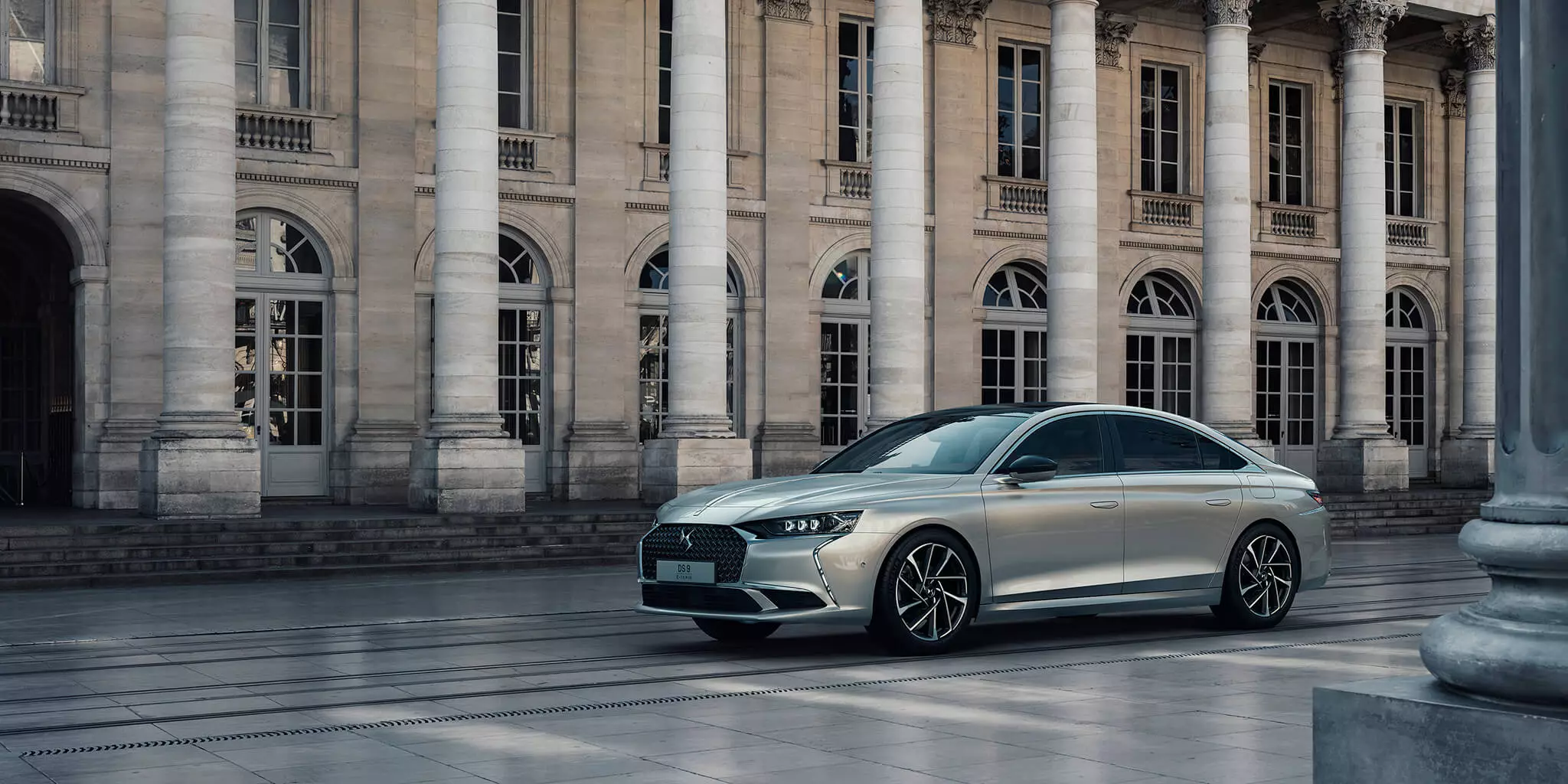
Consolidation, Consolidation and More Consolidation
Regardless of the gaps, the truth is that the two groups were robust at the time of the merger announcement in October 2019. But the strength itself would not be enough to succeed in a future that had been discussed for years, and long before anyone imagine that the world would stop in 2020 because of a coronavirus.
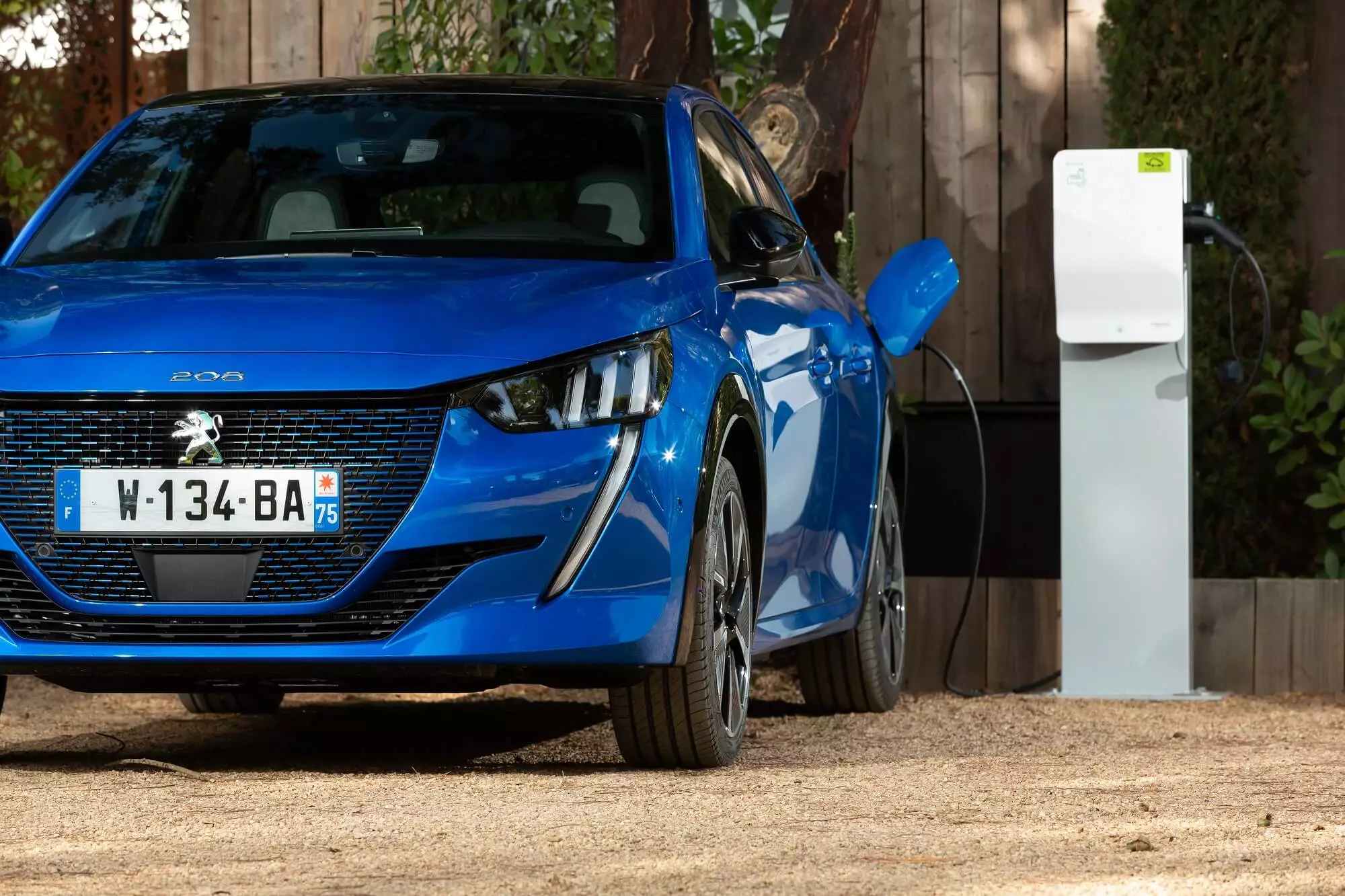
The automotive industry was… and is undergoing a radical transformation that is happening at breakneck speed, accompanied by massive costs. The challenges to be overcome are called decarbonization and (mandatory) electrification, mobility as a service, (even) new actors with the potential for disruption (such as Tesla), autonomous vehicles and connectivity (5G compatibility, for example, is already on the agenda ).
No wonder Tavares said that car costs over the next 10 years, also due to regulations and innovations, could rise by between 20% and 40%.
An unbearable situation, since with cars up to 40% more expensive, there is a high risk of alienating an important part of consumers, whose purchasing power will be insufficient to acquire this new generation of electrified and connected vehicles.
To keep mobility prices accessible to all or almost all, builders either absorb costs by reducing their margins (and at the same time jeopardizing the company's sustainability), or alternative, more economically sustainable solutions are needed to deal with with the high development costs.
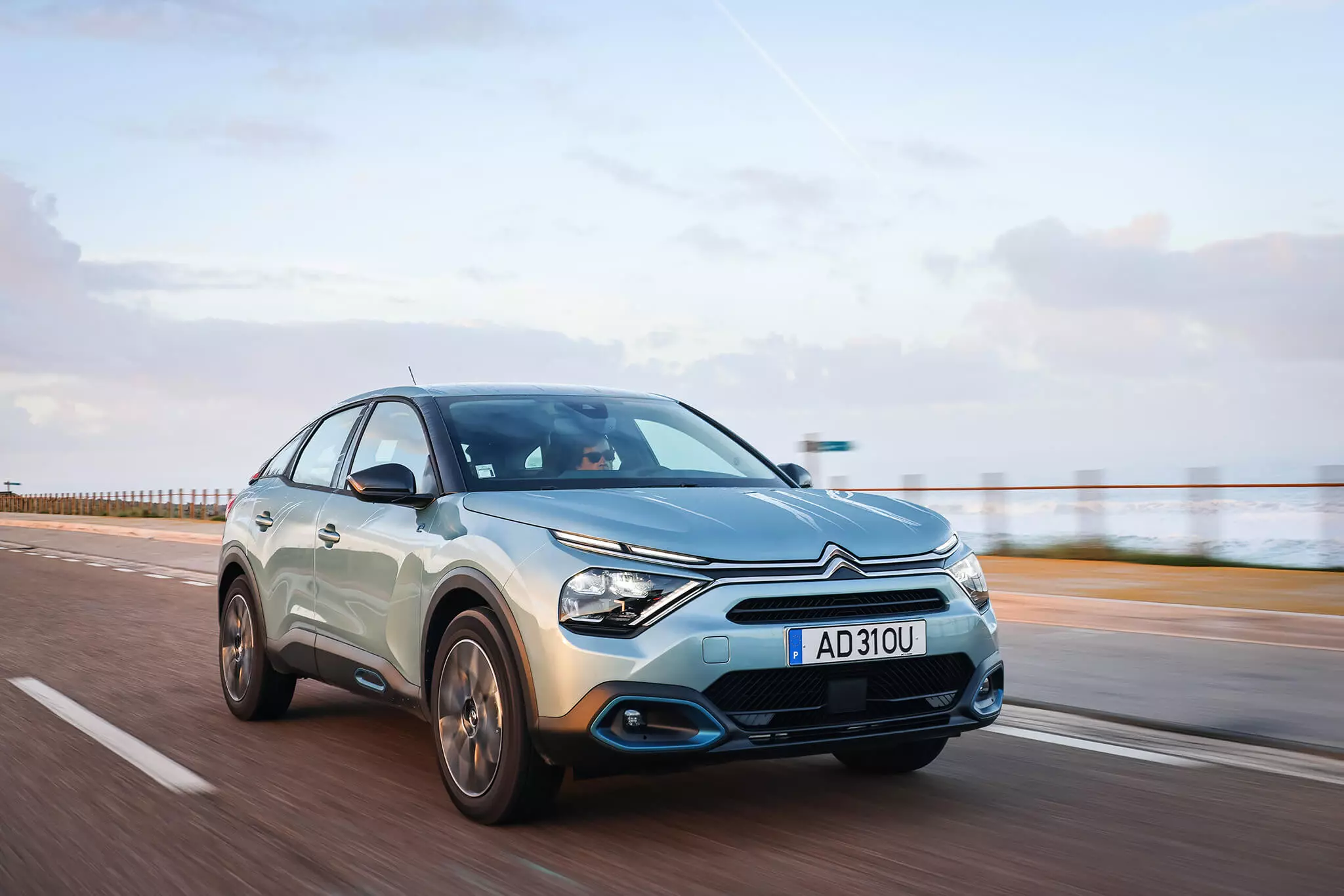
FCA and Groupe PSA have decided to merge to better face such a challenging future. It is the way to converge (and also reduce) efforts in research and development and dilute those same costs by more units produced/sold. A merger that initially looks like a "defensive move", but will eventually become an "offensive move", according to Tavares.
Just look at the announced and repeated (over the last 15 months) cost savings expected from this merger: over five billion euros! Achieving such substantial will be possible with the anticipated synergies: in the development and production of the vehicles themselves (40%), in purchases (35%) and in general and administrative expenses (25%).
With regard to the development and production of vehicles, for example, savings will be achieved in terms of planning, development and production. Going a little deeper, expect in the future a convergence of platforms (multi-energy and exclusively electrical), modules and systems; a consolidation of investments in internal combustion engines, electrification and other technologies; and efficiency gains in production processes and related tools.
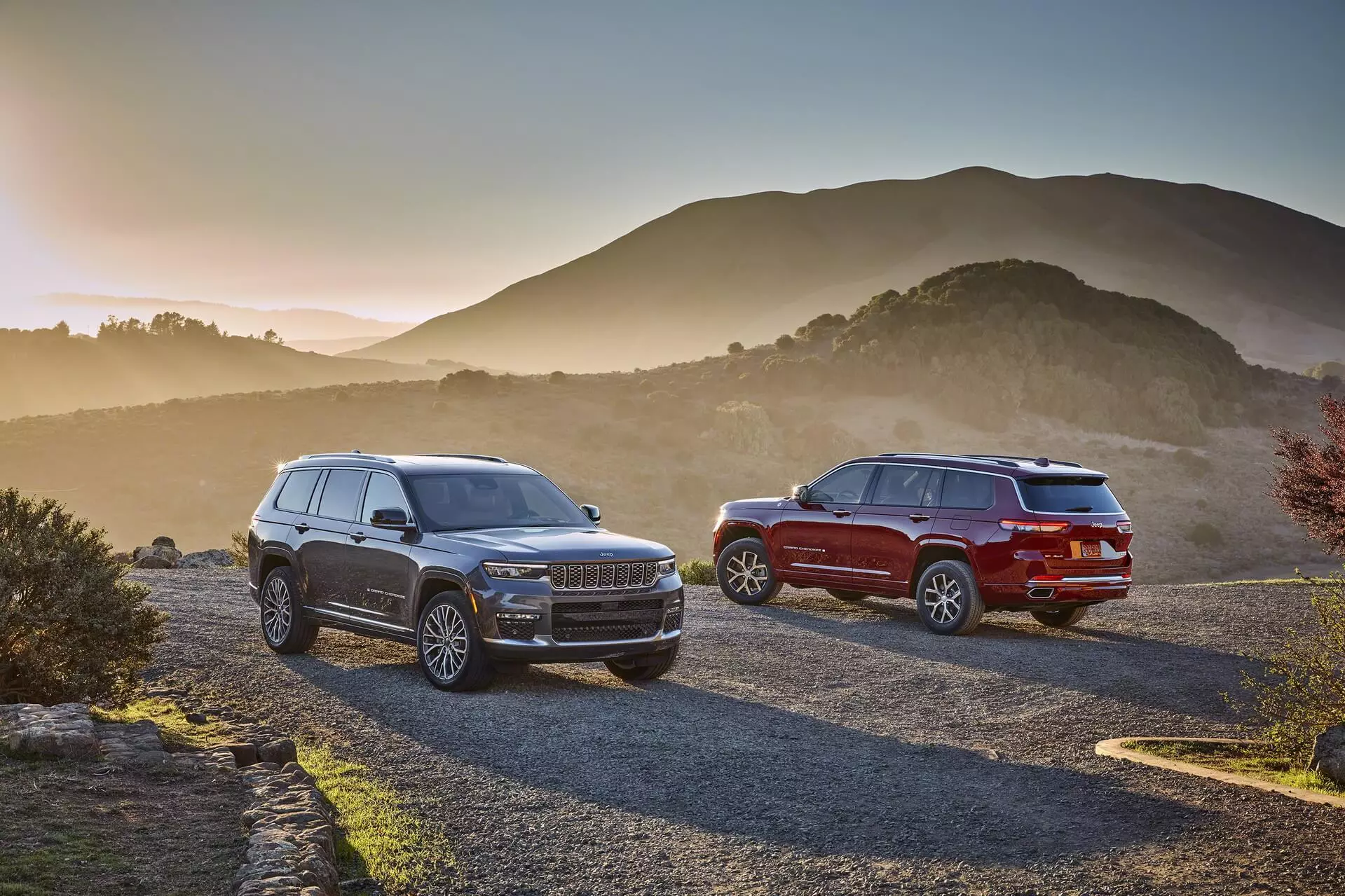
Are they going to end up with a brand or close a factory?
From the beginning it has been promised that no factories would be closed. Tavares reinforced this promise several times at this first Stellantis conference, but he himself did not definitively close that door, because in an industry in such rapid change, what was a certainty today, tomorrow it will no longer be.
It's not just, however, about the car industry. Brexit, for example, casts doubt on the long-term future of the Ellesmere plant in the UK; there are also several factories (mainly European) of the new group that are working below capacity, so they are not being profitable; and important political changes are taking place (the election of Biden in the US, for example) that will interfere with the outlined plans.
From the possible closure of factories and, consequently, possible job losses, we moved on to the complex task of managing 14 car brands under the same umbrella: Abarth, Alfa Romeo, Chrysler, Citroen, Dodge, DS Automobiles, Fiat, Fiat Professional, Jeep , Lancia, Maserati, Opel/Vauxhall, Peugeot and Ram. Will any be closed? The question is legitimate. Not only are there many brands under the same roof, there are also several that operate in the same markets (especially European ones) and even compete with each other.
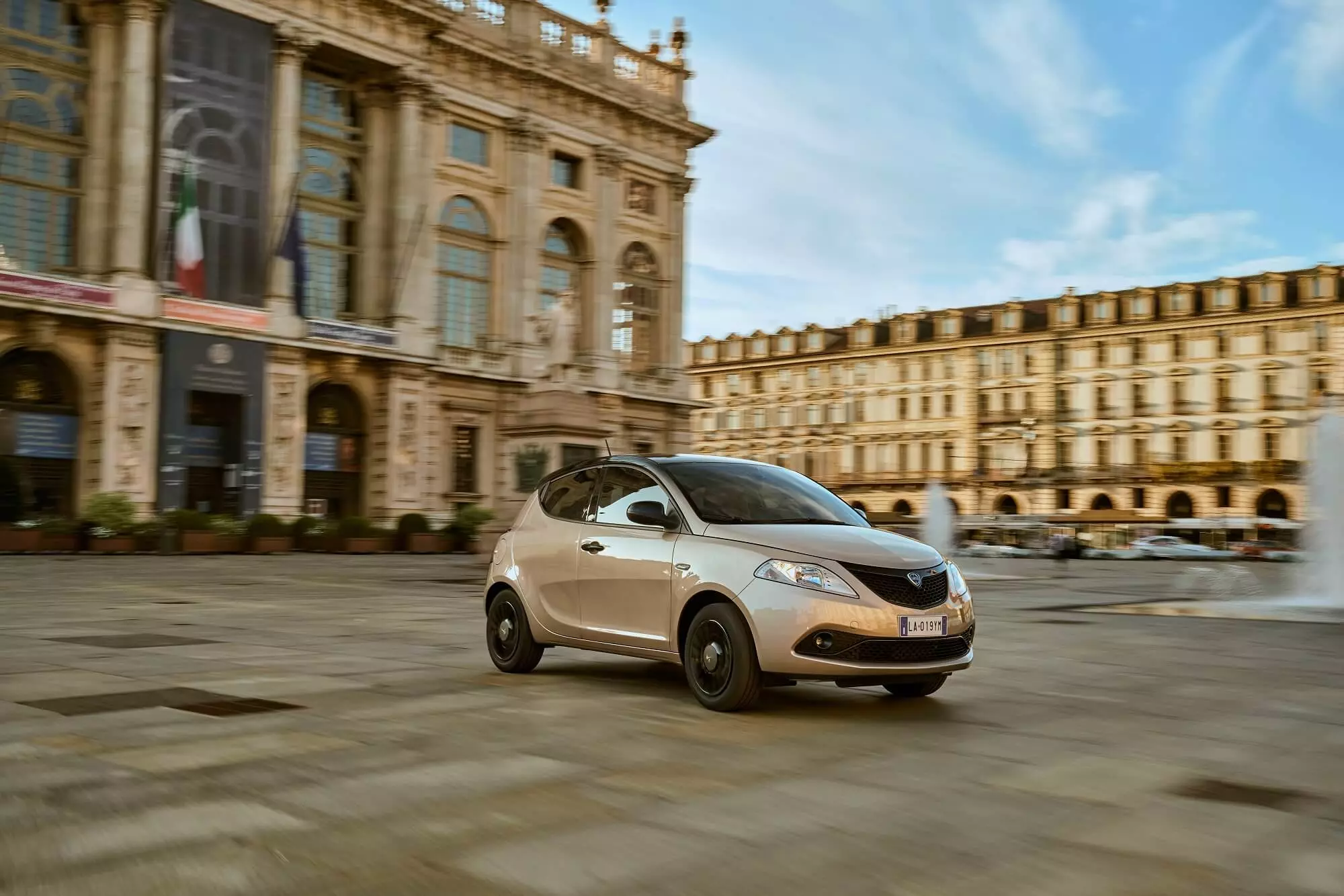
We will have to wait a few more weeks or months for a more definitive answer, as these are still the first days of Stellantis' life. Carlos Tavares did little or nothing about the future of each of the 14 brands, but he never mentioned that any of them could close . The focus of the new executive director is, for now, to clarify the position of each one and as Tavares said: “all our brands will have a chance”.
However, as much as he tried to avoid talking about them in private, he couldn't quite manage it. For example, the intention to take Peugeot to North America — which has already been announced several times in the last two years — has taken a step back now that, with Stellantis, they already have a solid presence in the region. The focus is now on brands that are already there.
Opel was also mentioned by Tavares, anticipating several news for the coming times “with the right technology” — was he referring to hybrids and/or electric? It makes perfect sense that yes. Alfa Romeo and Maserati, despite the commercial performance below expectations in recent years, Tavares recognizes its high value in the structure of Stellantis for being positioned in the premium and luxury segments that are, as a rule, more profitable than the others.
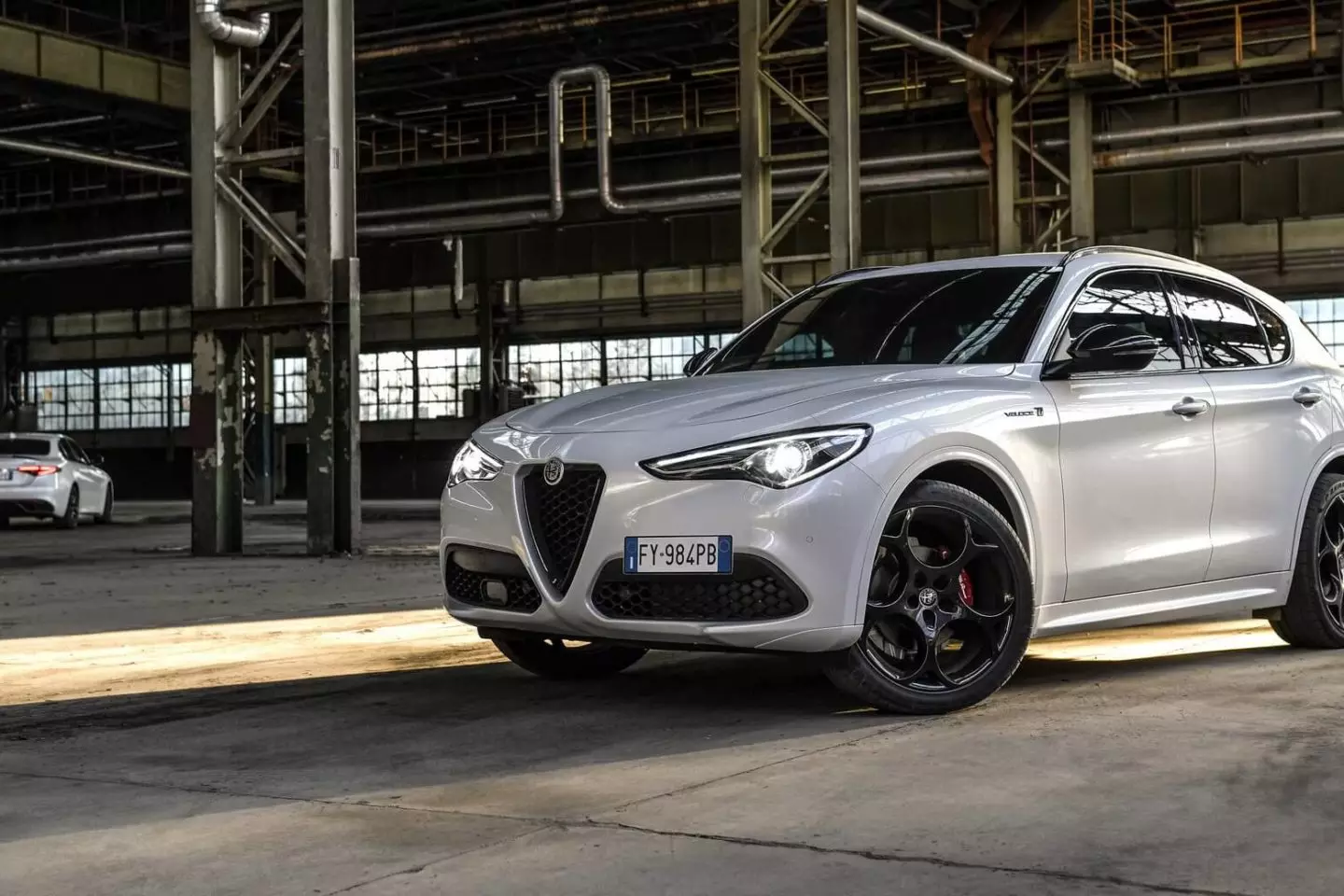
The potential of brands such as Alfa Romeo and…
Regarding Fiat (Europe) and its mostly aged portfolio, new developments are also expected to be fast paced in the next 2-3 years, to fill gaps in key segments.
Fiat can expect an approach identical to the one we saw at Opel after it was acquired by Groupe PSA, in which a new Corsa was quickly developed that was “paired” with the Peugeot 208. What Tavares calls “brother cars” ( sharing platforms, mechanics and various “invisible” components, but duly differentiated in exterior and interior appearance) and which should quickly meet the needs of the Italian brand.
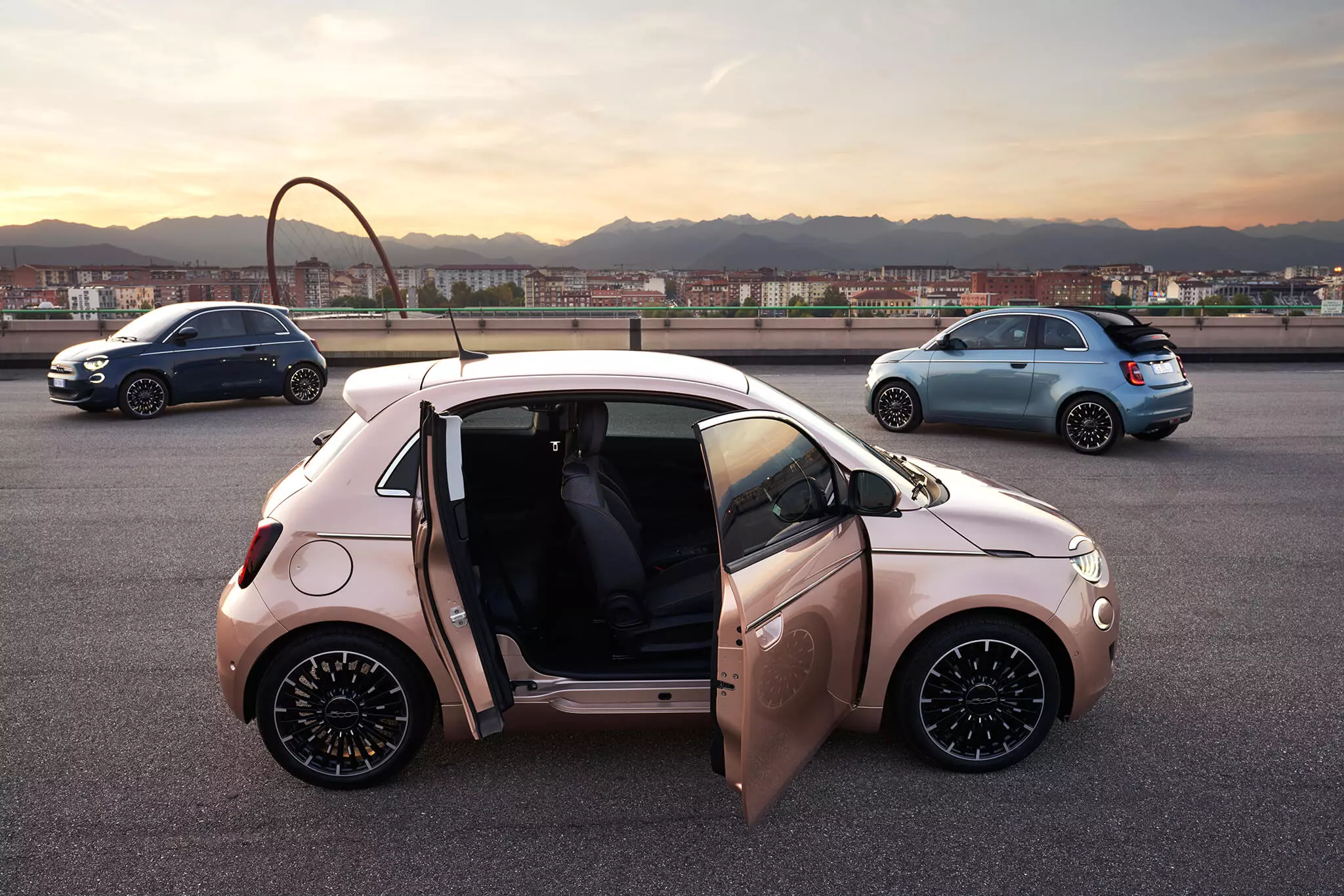
In conclusion
It's still the early days of Stellantis. Carlos Tavares, its first executive director, could give us little or more, for now, than the general outlines of the path to follow for Stellantis towards a future that seems more challenging than ever.
This fusion of equals seems to be clear in its motivations: to achieve the synergies and economies of scale necessary to guarantee the competitiveness of the (new) group in a changing automobile industry and, as far as possible, also guarantee mobility that can continue to be accessible to as many people as possible.
Carlos Tavares has proven, over time, that he is the right person to achieve this, as he is equipped with the right skills. But it's also true that he has never had to face a challenge on a scale as large as Stellantis.
